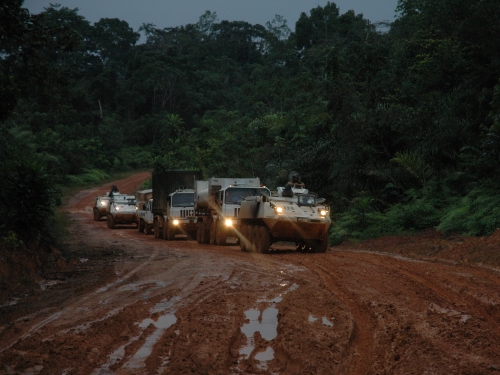
This article was originally published by the IPI Global Observatory on 5 December 2014.
Stabilization is catching on in security and development circles. It is the object of growing attention among military practitioners in particular, and US-led stability operations are currently ongoing in at least 50 fragile settings, especially in the Americas, Africa and the Middle East. Other governments including Australia, Canada, and the United Kingdom are invested in stabilization, albeit adopting different approaches. Although expanding in number and scale, the conceptual and operational parameters of these stabilization interventions are still opaque. Moreover, their actual record of success is still only dimly understood. There is in fact an emerging backlash challenging the underlying theory, assumptions and practices of stabilization.

